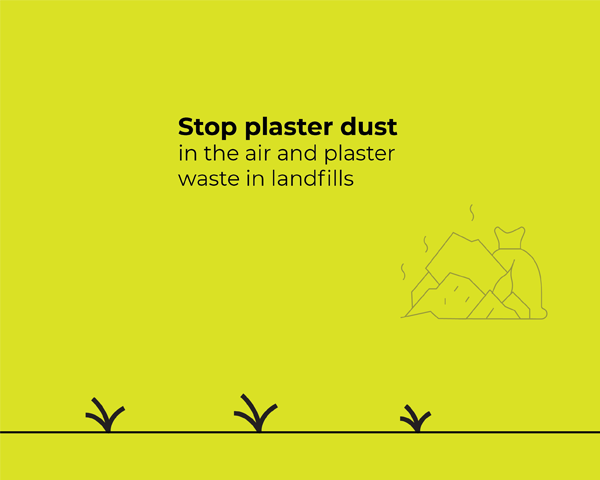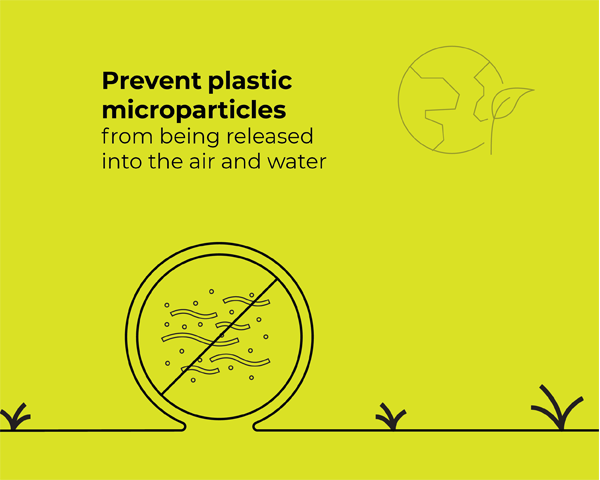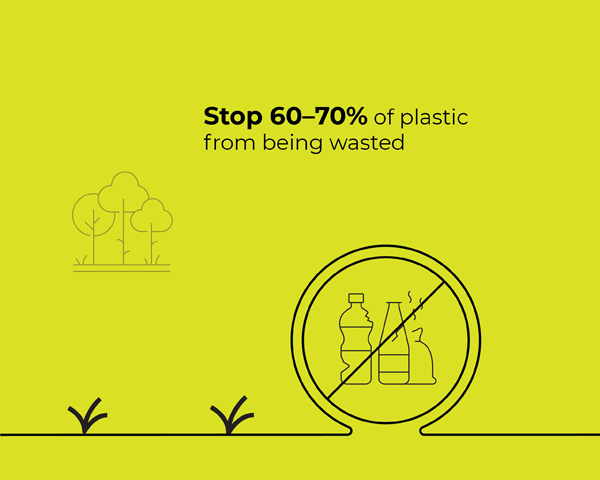The Best Insoles for the Environment Are 3D Printed

3D printing your custom insoles keeps plastic waste out of the air, ground, and drinking water.
When working with plastic, we’re always aware it has environmental costs. At the same time, we’re excited that 3D printing reduces the costs from the orthotics industry.
Does plastic pollution only matter to environmentalists? Now way! Think about this:
- Plastic particles have been found on top of Mount Everest and at the bottom of the Mariana Trench.
- Industrial processes constantly spray microplastic particles into the air.
- Almost 100% of fish studied in the oceans have microplastic particles inside them.
- Breathing or ingesting plastic particles poses serious health risks.
- Plastic microparticles are routinely found in drinking water.
Plastic can potentially harm any of us. That’s why we’re doing what we can to help. By using 3D printers to create quality custom insoles, we reduce plastic waste and microparticles.
A Cleaner Process
We’re going to look at the steps of 3D printing some of the best insoles you can get. Is it going to get too technical?
That depends on your interests. You may enjoy knowing more about the shoe inserts that will live under your feet for months or years.
You might be interested in a cleaner environment. Or you might be curious about new technologies that could affect your life. Let’s find out.
Here are the steps to create shoe insoles. We're going to how 3D printing is more environmentally friendly than traditional methods.
1. Foot Scans or Impressions
The Traditional Method: Workers make a cast of the foot, fill it with plaster, then spend hours smoothing and shaping the molds by hand. They finish by throwing away the casts and plaster, along with releasing plaster dust into the air.
3D Printing: We start with digital scans of your feet or foot impressions made in a flexible material. We get quick and precise measurements of the soles of your feet and far less waste.
2. Digital Models of Your Insoles
The Traditional Method: Workers drape sheets of molden plastic over plaster molds, then cut off extra plastic—about 60% of it. Most of it can’t be recycled.
3D Printing: We enter your measurements into the computer, which creates a 3D model of your insole.
We plan the exact shape of the shoe insoles the printer will create, along with any customizations for conditions or lifestyle needs. We know where 100% of the plastic will be used, so none is thrown away.
3. 3D Printing
The Traditional Method: The plastic is cooled, then sanded and buffed with tools—which sends extra plastic into the air as microparticles. Trimming then removes even more plastic as waste.
3D Printing: We print your shoe inserts exactly as we planned them in the computer. It’s basically finished when it comes out of the printer, with no trimming or sanding needed.
No sanding means no airborne microplastics that pose health and environmental risks.
4. Final Touches, Including Padding
Under both methods, the final step is to bond a layer of padding to the insoles to keep your feet comfortable and relieve pressure and stress on your soles and heels.
How 3D Printing Insoles Stops Plastic Waste
During the traditional process, plastic is wasted at many stages:
- About 60% or 70% of the plastic is trimmed off and thrown away after a sheet of plastic is draped around a plaster mold of the foot.
- Technicians grind plastic into its final shape, releasing hazardous chemicals, gasses, and particles into the air. (This is why techs wear masks, and work spaces need air filtering systems.)
The finished product uses only about 30% of the plastic that started out in the process. The plastic waste is usually not recycled because of current recycling codes that don’t allow it.
In contrast, with the 3D printing process:
- 100% of the plastic is placed directly into your custom shoe insoles.
- Printing happens within an airtight casing.
- We use polypropylene plastic, which does not release noxious fumes.
- Very little sanding (or none) is needed after the precisely planned printing is complete.
3D Printing: Safer for Your Air, Water, and Feet
If you’re interested in a safer environment for yourself and future generations, we need to control plastic waste. This 3D printing process is one part of that.
Plus, remember that 3D printing creates the best insoles and shoe arch supports, which can keep your feet, ankles, knees, and hips healthier—and relieve pain. The precision of 3D printing lets us customize them exactly for your foot shape, conditions, and lifestyle.
Are you interested in trying them—and helping the environment? Just take our short Sole Dynamix questionnaire, and you’ll find out how custom insoles could give you the relief and comfort you need.




